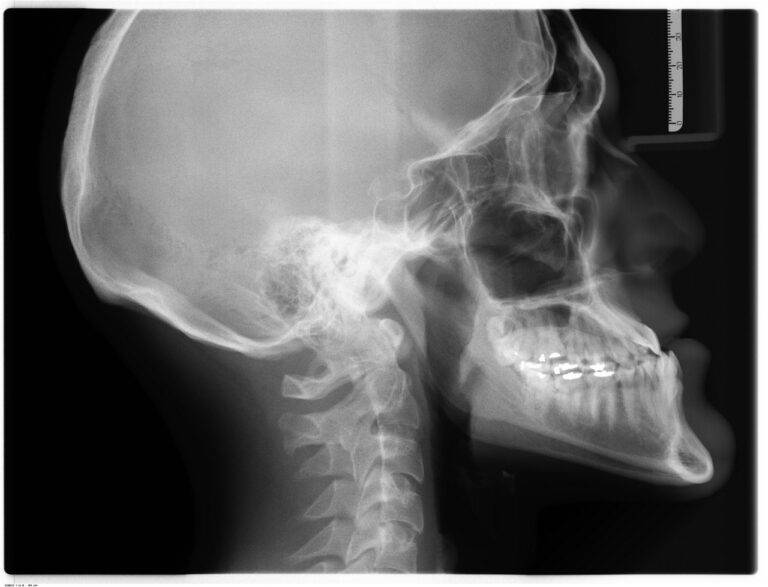Sustainable Tech in Architecture: Green Buildings and Energy Efficiency
Sustainable technology in architecture encompasses a range of critical features that are instrumental in reducing environmental impact and promoting energy efficiency in buildings. One key component is the utilization of solar panels to harness renewable energy sources, providing buildings with a sustainable power supply. Incorporating green roofs and living walls into building designs is another essential element, promoting natural insulation, reducing urban heat island effect, and enhancing biodiversity in urban settings.
Energy-efficient HVAC systems play a crucial role in sustainable architecture by optimizing heating and cooling processes within buildings. These systems help minimize energy consumption, reduce greenhouse gas emissions, and lower overall operational costs. Additionally, advanced building materials such as recycled steel, reclaimed wood, and energy-efficient insulation contribute to sustainable architecture by reducing resource depletion and minimizing waste production throughout the construction process.
The Importance of Energy-Efficient Design in Green Buildings
Green buildings are becoming increasingly prevalent in the architectural world as the focus on sustainability grows. One of the key factors that sets green buildings apart is their emphasis on energy-efficient design. This design approach aims to reduce the consumption of energy within the building, resulting in lower carbon emissions and overall environmental impact.
By incorporating energy-efficient design principles, green buildings can significantly lower their utility bills and operating costs in the long run. This not only benefits the environment but also makes financial sense for building owners and occupants. Implementing features like efficient heating and cooling systems, proper insulation, and energy-saving appliances can lead to substantial energy savings over time.
What are some key components of sustainable technology in architecture?
Some key components include energy-efficient lighting systems, passive solar design, high-performance insulation, and renewable energy sources such as solar panels or wind turbines.
Why is energy-efficient design important in green buildings?
Energy-efficient design helps reduce the consumption of resources such as electricity and water, lowering operating costs for building owners and tenants. It also contributes to a healthier indoor environment and reduces the building’s carbon footprint.
How can energy-efficient design benefit the environment?
By reducing energy consumption, green buildings help decrease greenhouse gas emissions and combat climate change. Additionally, they can help preserve natural resources and promote sustainable living practices.
What are some common misconceptions about energy-efficient design in green buildings?
One common misconception is that green buildings are more expensive to construct. In reality, many energy-efficient design strategies can actually result in cost savings over the life of the building. Another misconception is that green buildings sacrifice aesthetics, when in fact they can be just as visually appealing as traditional buildings.





